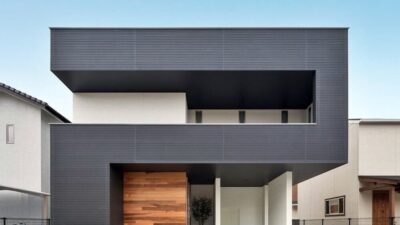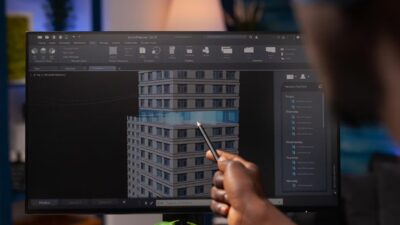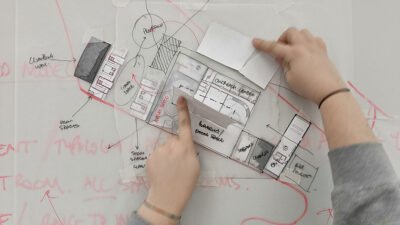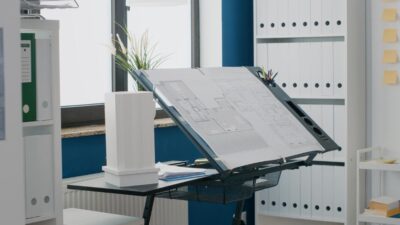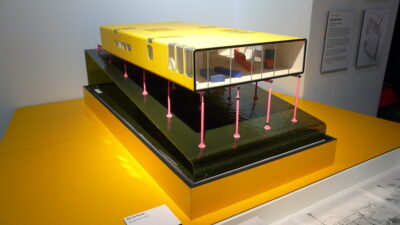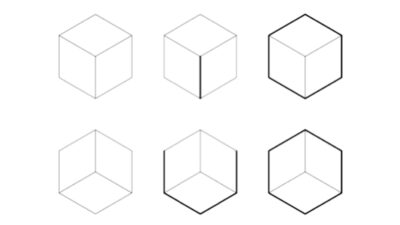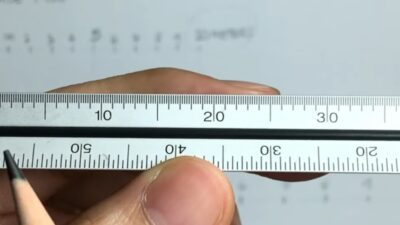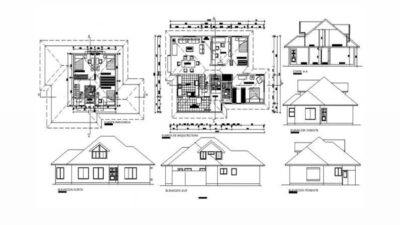In the dynamic field of architecture, maintaining a comprehensive journal, sketchbook, or visual diary is not just a practice but an indispensable tool for professionals and students alike. These journals serve as a canvas for creative exploration, a repository for ideas, and a chronological record of one’s growth and thought process in the field.
This article delves into the intricate details of what constitutes an effective journal for architectural design, offering practical advice and insights to optimize its use.
What Is A Design Journal?
A design journal in architecture acts as a critical record of an individual’s journey through various projects and ideas. It’s a compilation of sketches, notes, and reflections documenting concepts and designs’ evolution.
Far from being a mere assignment, it’s a tool for intellectual growth, aiding in capturing fleeting thoughts and crystallizing them into tangible forms. A well-maintained journal is invaluable for revisiting and refining ideas, providing a narrative of your professional journey.
Choosing A Design Journal
Selecting the right journal hinges on three main factors:
- Size: The ideal size should balance portability with ample space for drawing and note-taking. Common choices range from A5 to B5 sizes, with the latter offering a balance between portability and usability;
- Paper Quality: Consider paper thickness and texture. Thicker paper prevents ink bleed-through and suits various mediums, from pencils to markers. Opt for blank or dot-grid pages for flexibility in sketching and writing;
- Binding: The choice between spiral and hardbound depends on your preference for flipping pages or a more sturdy, book-like format.
Notes
Notes in a design journal can encompass the following:
- Lectures and Tutorials: Handwritten or printed notes, capturing essential points and insights;
- Readings and Videos: Summaries of additional research materials, whether handwritten or printed;
- Questions and Problems: Recording queries and challenges to address in future sessions;
- Assessment Information: Key details and requirements of project briefs;
- Reflections and Lessons: Personal insights and learning points.
Feedback
Feedback, an essential component for growth, can manifest in various forms:
- Marked-Up Drawings: These provide visual critiques of your work;
- Whiteboard Illustrations: Capture these for reference and practice;
- Presentation Notes: Engage actively with presentations, taking detailed notes;
- Class Discussions: Record insights from discussions with peers and tutors.
In-Class Activities and Work-In-Progress
Documenting in-class activities and work-in-progress is crucial. This includes:
- Photographs and Scans: Capture models, sketches, and brainstorming session;
- Progress Documentation: Record various stages of your work, from initial sketches to final models.
Design Process | Site Analysis
Site analysis is a foundational step in your design process. Document:
- Desktop Research: Notes on the site’s history, zoning plans, and other relevant data;
- On-Site Observations: Sketches, photographs, and notes capturing the essence of the site.
Research, Precedents, and Examples
Exploring precedents and examples helps in shaping your design. Include:
- Typology Studies: Analysis of similar projects or structures;
- Aesthetic Inspirations: Visual references matching your design style;
- Graphic and Presentation Ideas: Observations on effective communication methods;
- Modeling Techniques: Exploring different approaches to model making.
Tests, Iterations, and Explorations
Document the evolution of your ideas through:
Sketches and Diagrams: Visual brainstorming and ideation.
- Mind Maps: Outlining the thought process and problem-solving approaches;
- Critical Analysis: Reflecting on the strengths and weaknesses of various designs.
Random Stuff
- Incorporate anything that sparks creativity, from random sketches to photographs, and annotate why they resonate with you or how they might be relevant in the future
Thoughts on Journal Organization
In organizing an architecture journal, several key elements enhance its functionality and accessibility:
- Index: Begin with an index at the start of your journal. List important contents with page references, possibly correlating with project week numbers for easy navigation;
- Page Numbers: Adding page numbers at the top or bottom corners facilitates quick reference and organization;
- Date Entries: Date each page. This chronological order allows for tracking progress over time and reflecting on the development of ideas;
- Section Titles: Employ section titles for clarity and structure. Label key segments such as lecture notes, project stages, or thematic explorations like site analysis, spreading these across multiple pages as needed.
Remember, your journal should be a reflection of your creative process, capturing the raw and unfiltered journey of your project. It’s a tool for growth, not a showcase piece, so embrace its chaotic, evolving nature.
Leveraging Technology in Architecture Journals
In the digital age, incorporating technology into your architecture journal brings a new dimension to your creative process:
- Digital Tools: Utilize software for digital sketching and note-taking. Apps like Procreate or Adobe Sketch offer versatile drawing tools;
- Online Resources: Integrate references from online databases, journals, or architecture blogs;
- Photography: Use digital photography to capture textures, structures, and spaces, adding a visual dimension to your notes;
- 3D Modeling and Rendering: Include prints or screenshots of 3D models from software like SketchUp or Revit to visualize designs;
- Collaboration: Employ cloud-based platforms for sharing and discussing ideas with peers or mentors.
Blending traditional journaling with digital tools enriches your architectural documentation, offering a comprehensive and modern approach to design exploration.
Eco-Friendly Approaches in Architecture Journaling
Sustainability is becoming increasingly crucial in all aspects of architecture, including journaling:
- Adopting eco-friendly practices in maintaining your journal not only supports environmental sustainability but also aligns with modern architectural values. Consider sourcing materials from sustainable vendors, using recycled paper, or even exploring digital journaling to reduce waste. Embracing these practices reflects a commitment to environmentally responsible design, a principle that is integral to contemporary architectural discourse.
Transitioning to a related topic, sustainable practices in journaling mirror the broader conversation in architecture about environmentally conscious design concepts. Such concepts prioritize not only aesthetic and functional aspects but also the ecological footprint of architectural creations.
Conclusion
Throughout this article, we’ve explored the multifaceted nature of maintaining an architecture journal, sketchbook, or visual diary. From the initial selection of the journal to the incorporation of digital tools and sustainable practices, each element plays a vital role in documenting the architectural journey. These journals serve as a testament to the evolving process of design, capturing ideas, reflections, and inspirations.
A well-organized journal, with its indexed contents, dated entries, and section titles, becomes an invaluable resource for tracking one’s growth and ideas over time. The integration of technology adds depth, allowing for a blend of traditional and modern approaches. Moreover, adopting eco-friendly practices in journaling resonates with the current architectural focus on sustainability, reflecting a broader commitment to environmentally responsible design.
In essence, an architecture journal is more than just a collection of drawings and notes. It is a living document that encapsulates the journey of a designer, evolving with each project and idea. It reflects not only the individual’s growth and creativity but also their adaptability and responsiveness to the ever-changing landscape of architecture.



